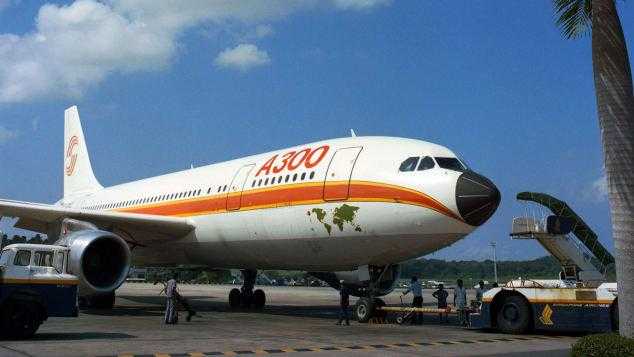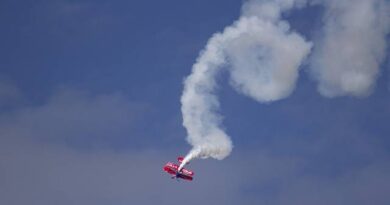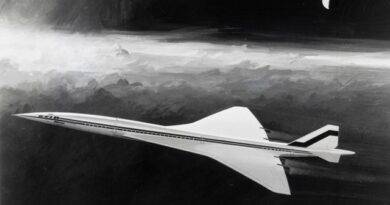The Naming Systems of Airbus and Boeing: Explained
Airbus and Boeing are the two biggest players in the commercial aircraft industry. Though they share a competitive market, they’ve developed distinctly different systems for naming their aircraft. These systems have historical, cultural, and strategic significance, which continue to influence how new planes are identified and marketed. Let’s take a closer look at the Airbus and Boeing model names system.
Why Airbus Models Start with ‘3’
The Airbus naming convention starts with the letter ‘A’, followed by a ‘3’, such as in A320 or A350. This tradition began with the launch of their first commercial airliner, the A300, designed in the late 1960s to carry 300 passengers. Airbus adopted the A3XX format to establish brand consistency. The ‘A’ stands for Airbus, and the number following the ‘3’ represents the aircraft series. For example, the A320 was introduced as a smaller model than the A300, and the naming logic continued with the larger A340 and A350 (AeroTime).
One notable skip in Airbus’s sequence is the absence of an A360 or A370. Airbus jumped directly to the A380, which was chosen partly because the number 8 holds cultural significance, especially in Asia, where it is considered lucky. The A380, the largest commercial aircraft ever built, reflects this cultural sensitivity, and Airbus’s recognition of the growing Asian market (Mond Ortiz).
Why Boeing Uses ‘7X7’
Boeing, on the other hand, has followed a 7X7 naming pattern since the Boeing 707, introduced in the late 1950s. The 707 was the first successful commercial jet, and its name set the trend for future models like the 727, 737, and 747. The 7X7 formula came from Boeing’s internal numbering system, where different departments used different number ranges for their projects. The 700 series was assigned to jetliners, and after the 707 became famous, Boeing stuck with it as a marketing brand (AeroTime) (Mond Ortiz).
Each Boeing model typically has a hyphenated suffix, such as 737-800 or 777-300, where the three-digit code denotes a specific sub-model. These sub-models often include further suffixes like ER (Extended Range), LR (Long Range), and F (Freighter), indicating special features or capabilities (Mond Ortiz).
Passenger capacity was the first reason
Yes, let’s return to the naming of Airbus in the form of A3XX. The world’s first twin-engine wide-body aircraft Airbus A300 is a short and medium range, wide-body passenger and transport aircraft. Its construction started in 1972. The name A300 refers to a very basic data which is passenger capacity. Yes, the first A300 has been put to indicate passenger capacity.

Airbus A300
Additional Naming Conventions
Both Airbus and Boeing use additional suffixes or letters to identify specific configurations. For example:
- Airbus adds suffixes like LR for Long Range or ULR for Ultra Long Range. They also use F for freighter versions and P2F for passenger-to-freighter conversions (Mond Ortiz).
- Boeing uses codes like MAX for the enhanced 737 MAX series, or i for Intercontinental in models like the 747-8i. These variations help airlines distinguish between different generations and configurations of aircraft (Mond Ortiz).
The Future of Airbus and Boeing Naming
Airbus still has flexibility in its naming system, having skipped numbers like A360 and A370, which could be used for future aircraft models. Meanwhile, Boeing is running out of 7X7 numbers, with only the 797 remaining unused. This limitation might force Boeing to rethink its naming convention for future models, especially as the industry evolves with new technological advancements (AeroTime) (Mond Ortiz).
Conclusion
Both Airbus and Boeing have developed naming conventions that reflect their histories and strategic choices. Airbus’s system ties back to its early efforts to unify European aerospace manufacturers, while Boeing’s 7X7 pattern stems from an internal coding system that became a global brand. Despite the differences, both systems serve to reinforce their brands’ prestige and reliability in the competitive aviation market.
References and Further Reading:
- Airbus: For official information on Airbus aircraft naming and history, visit their website: https://aircraft.airbus.com/en
- Boeing: Similarly, Boeing’s website offers insights into their naming conventions: https://www.boeing.com/
- “Explained: What The Codes Mean Behind Airbus And Boeing Plane Names” by Simple Flying: This article provides a clear breakdown of both Airbus and Boeing’s naming philosophies. https://simpleflying.com/tag/boeing/
- “Why does every Airbus aircraft start with a 3?” by AeroTime: This piece explores the origins of Airbus’ naming system and the reasoning behind the number 3. https://www.aerotime.aero/articles/23041-airbus-name-start-with-3
For more articles click.


